Cities Along the Yangtze Fuling and Fengdu
2023-07-04 17:33
FULING,CHONGQING
Located in the central area of Chongqing, where the Wujiang River merges with the Yangtze River, Fuling District has long been a major river traffic hub in the southwest Sichuan area and the largest distributing center in the Wujiang River area.
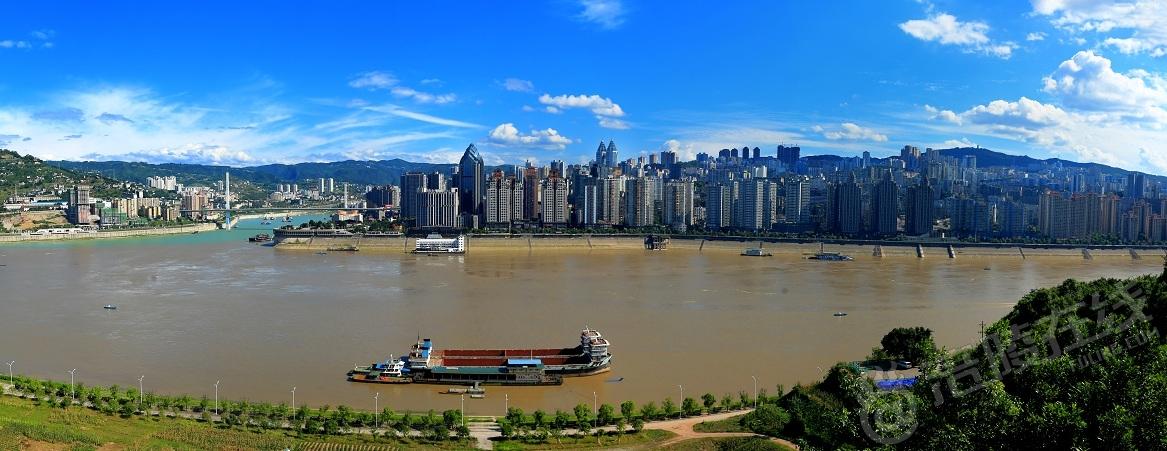
Fuling was once the capital city of the Ancient Ba Kingdom. As the Wu River is named Fu Water, and the Mausoleums (Ling in Chinese) of the Ba Kingdom’s Kings are mostly built here, the place is called Fuling. Fuling is regarded as the material distributing center of the Wu River drainage area, the first city of Wu River and the gateway to Southeast Chongqing. It is the renowned ‘village of preserved pickle’. For thousands of years, the historic relics together with the natural beauty of the city have made Fuling a mystery and charm all of its own.
SCENIC SPOTS:
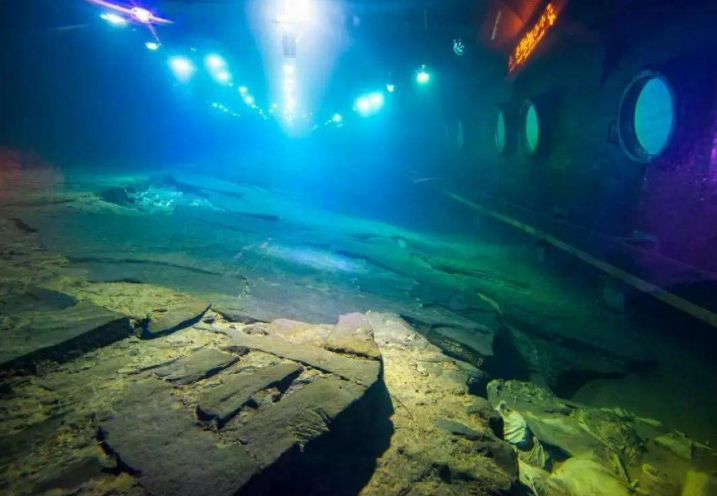
The White Crane Ridge: the Underwater Museum of White Crane Ridge is regarded as the world’s first underwater museum. White Crane Ridge is a 1,600-meter-long natural stone ridge lying beneath the Yangtze River in Fuling. The ridge is treasured for its inscriptions of hydrologic data dating from the year 763 all the way to 1963. Visitors can witness the history for themselves via 23 underwater glass observation windows at the museum.
816 Project: 816 Project, a decommissioned Cold War-era plutonium and weapons processing facility buried in that mountain in Fuling, Chongqing. It is the largest of its kind in the world and contains the world’s largest artificial cave, while boasting an additional complex of 17 man-made caves and more than 130 roads and tunnels. In all, it spans about 12 miles.
Built in 1966 when Chinese relations with the Soviet Union began to decline. This remarkable piece of history was reputedly home to a factory making plutonium that took 17 years to build, only to be abandoned in 1984 as the Cold War drifted towards its end. Thankfully for the visiting public, it was shut down before the manufacture of plutonium-239 began.
816 project was declassified in 2002 and opened to tourists in 2010.This base has never been put into operation or stored any nuclear material. There is no need to worry about radiation. It is safe to enter. For decades, it functioned partly as a chemical fertilizer factory before being revived for tourism — an improbable twist of fate for this quirk of Cold War history.
Nowadays, Only a third of 816 is currently open, with other areas of the mountain still highly restricted to tourists. Officials are planning to open other sections in the future.
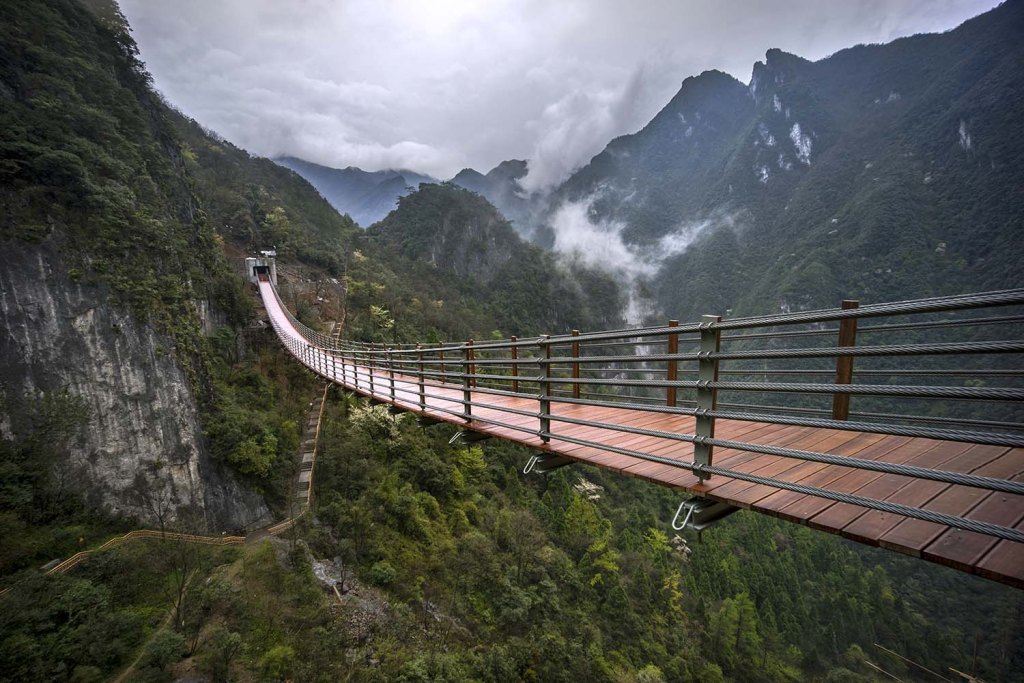
The Mt. Wuling Great Rift Valley: Mt. Wuling Great Rift Valley has been accredited as a key scenic spot of national AAAA scenic spot, covering an area of nearly 30 square meters. It has an average altitude of 1,200 meters with the highest peak of up to 1,985 meters. Situated in Wuling Mountain range along the lower reaches of Wujiang River on the east coast which is one of the famous tributaries of the Yangtze, It’s mainly composed of rifts, fissures, and underground rivers.
The Mt. Wuling Great Rift Valley is known as “The Most Dynamic Valley of China”, with forest coverage rate of over 92.7%, and more than 2000 species of animals and plants. It is also a place well known for fresh air and well reserved colorful ecosystem filled with hills, forests, springs, caves, falls, lakes, pools, gorges, holes, and fissures. It’s called the “Natural Oxygen Bar” by the local people.
FENGDU,CHONGQING
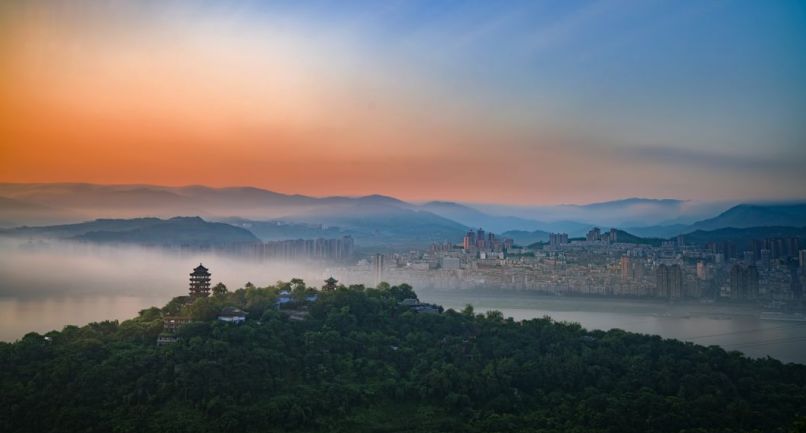
Fengdu County is located at the center of the Chongqing area and is about 172 km (106.8 miles) from the downtown. With the Yangtze River running through, the county lies at the transitional zone between the eastern edge of Sichuan Basin and the surrounding hilly areas. The northern bank of Yangtze River in Fengdu is hilly while the southern bank is a higher mountainous region.
Fengdu has a long history. The relics excavated in the county demonstrate that over 100,000 years ago, there were traces of human beings. Fengdu, since it was established as a county in the year of 90 during the Eastern Han Dynasty (25 – 220), has a history of more than 1,900 years. At that time it was called Pingdu County. During the Three Kingdoms Period (220 – 280), it was incorporated into Linjiang County, and later in the Sui Dynasty (581 – 618), a Fengdu County was again spilt out of the Linjiang County.
SCENIC SPOTS:
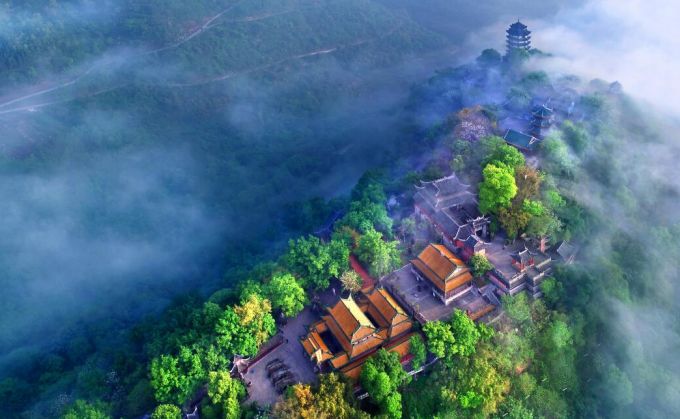
Fengdu Ghost City: the Fengdu “Ghost City” was vividly depicted as the City of Ghosts in two ancient classic Chinese novels “Journey to the West” and “Strange Stories from a Chinese Studio”. Nowadays,Fengdu Ghost City has become one of the most popular shore excursion sites for many popular Yangtze Cruise.
The origin of the town’s extraordinary reputation can be traced back to the Han Dynasty when two imperial officials, Yin Changsheng and Wang Fangping, came to Ming Mountain to practice Taoism and in the process became immortals.their names were combined to mean “King of the Underworld”.
Thereafter, Mt. Mingshan gained its reputation as the ‘City of Ghosts’ where the king lived. Today, the town throngs with many tourists who come to visit is a large complex of shrines, temples and monasteries dedicated to the afterlife.
Statues of the legendary netherworld judges and the King of the Netherworld have been erected in the Ghost Town of Fengdu to convey the traditional concept in ancient China of persuading people to perform good deeds and avoid doing bad deeds.










